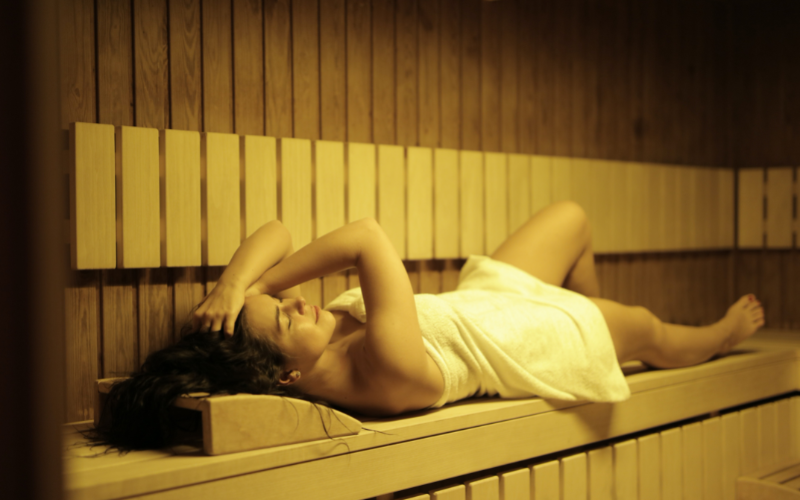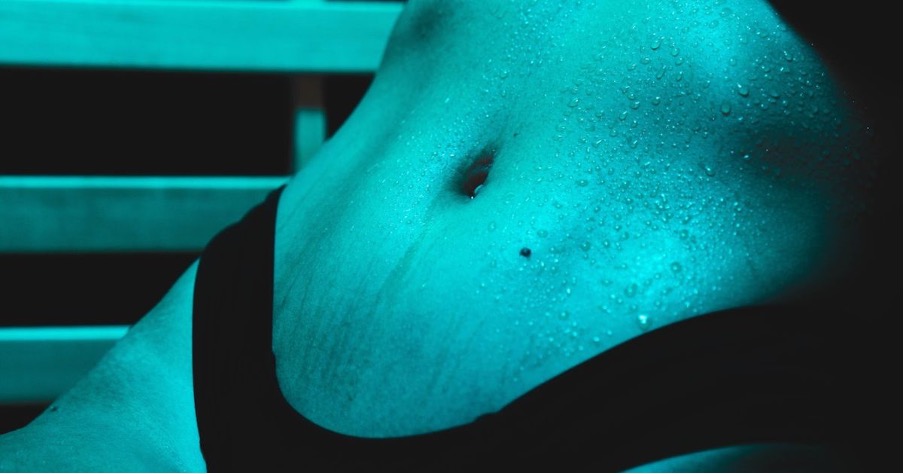Light and heat therapy
What Happens in Our Body in a Sauna?
Sauna bathing can be considered an exemplary biohack. By modulating the temperature of our environme...
The Difference Between Infrared Sauna and Red Light Therapy
Whether it is visible or invisible to our eyes, light has bioactive effects on the human body. It af...
Sauna Bathing During Menstruation is not Taboo
In view of the many benefits that heat therapy can offer, you may have asked yourself whether it is ...
How Sauna Bathing Benefits the Human Brain
Scientists studied the effects of sauna bathing on human physiology, and the results show that therm...
The Effects of Infrared Saunas on Seasonal Moods and Depressions
Do you suffer from seasonal mood changes and depressions? If you do, then this article is just for y...




.png)
